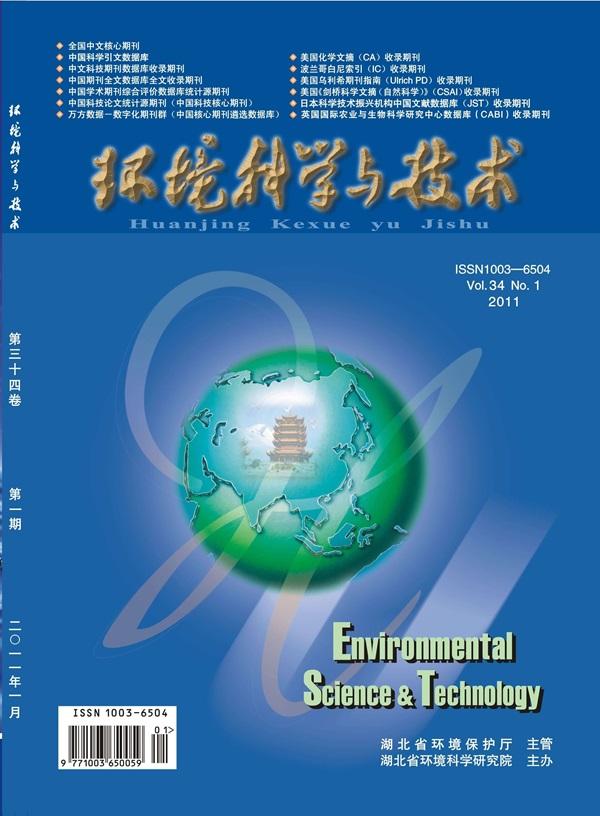New Sources of Very Persistent and Very Mobile (vPvM) Substances: A Case Study of the Fluorinated Herbicide Pyroxasulfone
IF 10.8
1区 环境科学与生态学
Q1 ENGINEERING, ENVIRONMENTAL
引用次数: 0
Abstract
With the increasing use of fluorinated agrochemicals, more fluorinated compounds enter into the environment. Pyroxasulfone (PYS), a broad-spectrum herbicide containing an aromatic CF3 (Ar–CF3), is expected to grow significantly in application. Although several transformation products (TPs) of PYS have been reported, their distribution and contribution to transformation processes remain largely unknown. This study combined laboratory simulations and a field study. In soil incubation and soil surface photolysis experiments, (5-(difluoromethoxy)-1-methyl-3-(trifluoromethyl)-1H-pyrazol-4-yl)methanesulfonic acid (TFPSA) was identified as the main TP of PYS in soil, accounting for over 90% of all TPs. Field study results showed that PYS and TFPSA were the main species in soil (6.48 ± 1.82 and 1.54 ± 0.90 ng g–1 wet weight) and corn plants (2.55 ± 2.61 and 31.1 ± 39.6 ng g–1 dry weight in roots) before harvest. Surface water photolysis experiments showed that TFPSA and TP246 were the major TPs of PYS and no significant photodegradation of TFPSA was observed. Persistent (P) and mobile (M) property assessment indicated TFPSA, TP246, and other Ar–CF3 containing TPs of various fluorinated agrochemicals could be potential very P and very M (vPvM) substances. More attention should be paid to Ar–CF3 containing agrochemicals and their TPs.

求助全文
约1分钟内获得全文
求助全文
来源期刊

环境科学与技术
环境科学-工程:环境
CiteScore
17.50
自引率
9.60%
发文量
12359
审稿时长
2.8 months
期刊介绍:
Environmental Science & Technology (ES&T) is a co-sponsored academic and technical magazine by the Hubei Provincial Environmental Protection Bureau and the Hubei Provincial Academy of Environmental Sciences.
Environmental Science & Technology (ES&T) holds the status of Chinese core journals, scientific papers source journals of China, Chinese Science Citation Database source journals, and Chinese Academic Journal Comprehensive Evaluation Database source journals. This publication focuses on the academic field of environmental protection, featuring articles related to environmental protection and technical advancements.
 求助内容:
求助内容: 应助结果提醒方式:
应助结果提醒方式:


